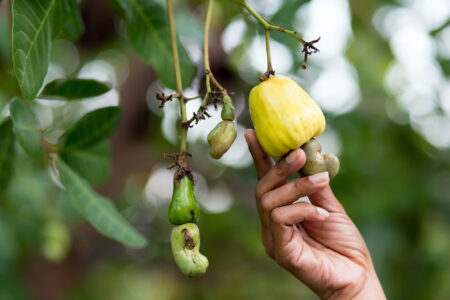- Kenyans in the diaspora increased the money they sent back home for the 12 months ending in December 2023 by $0.16 billion, reaching $4.19 billion.
- Inflows for December 2023 increased by 5 percent to $372.6 million from $355.0 million in November.
- December marked the second month, after July, to record the highest amount sent back home by Kenyans during the year.
Kenyans living and working abroad increased the money they sent back home for the 12 months ending in December 2023 by $0.16 billion, reaching $4.19 billion. This marked a 4.0 percent increase from the $4.03 billion remitted in 2022.
The rise in remittances could be attributed to the weakening shilling, as projected by Western Union. In its inaugural Global Money Transfer Index in March of the previous year, the corporation had anticipated an upswing in remittances, driven by the weakening shilling, which has now surpassed the 160 mark against the US dollar.
Western Union indicates that many individuals in the diaspora are increasingly monitoring the performance of their local currency back home, seeking to capitalize on the opportunity.
The Global Money Transfer Index reveals that 67 per cent of Africans abroad send more money when the currency value drops in their receiving country, with 65 percent of recipients concurring that a decrease in currency values results in receiving more money.
In the period under review, inflows for December increased by 5 percent to $372.6 million from $355.0 million in November. Consequently, December 2023 marked the second month, after July, to record the highest amount sent back home by Kenyans during the year. July recorded the highest-ever amount when inflows reached $378.1 million.
Read also: Kenya and Ghana rank high in receiving foreign remittances in Africa
Kenyans in diaspora barely supporting forex reserves
However, the increased amount of money sent home by the Kenyan diaspora did little to support the country’s forex reserves, which continued to weaken in the year.
Forex reserves dipped to a low of $6,814 million, representing just about 3.6 months of import cover as of January 18, 2024. This is down from $6,829 million, approximately 3.7 months of import cover a week earlier.
Despite the reduced forex reserves, the Central Bank of Kenya has maintained a positive outlook. The reserves have fallen short of the statutory requirement of maintaining at least four months of import cover for the better part of last year.
The CBK has asserted that remittance inflows remained robust, supporting both the current account and the foreign exchange market. “This meets the statutory requirement to endeavor to maintain at least four months of import cover,” the CBK governor affirmed.
Remittance by source for Kenyans in the diaspora
The US continues to be Kenya’s largest source of remittances, accounting for 56 per cent in 2023. However, Saudi Arabia has recently emerged as the primary contributor to the rapid increase in remittances flowing into Kenya as the oil-rich nation keeps offering jobs to an increasing number of Kenyans.

As a result, Saudi Arabia has leapfrogged the United States to become the biggest driver of growth in cash wired back home, highlighting the lingering effects of elevated inflationary pressures on household earnings in the world’s largest economy.
Remittances from the Middle East’s economic powerhouse accounted for nearly two-thirds of the growth in diaspora inflows for the first eight months of the year 2023, according to the latest official data.
Since then, these developments have prompted the state to initiate talks with Riyadh on a bilateral deal.
This deal seeks to establish a formalized framework for hiring experts to work in Saudi Arabia. The total amount that Kenyan expats living and working in Saudi Arabia sent home in 2022 was $302.26 million.
This marked a substantial increase from the $185.01 million remitted in 2021, despite the challenges posed by elevated global inflation affecting remittances from other key sources.
In 2017, Kenya’s primary source of foreign exchange profits was diaspora remittances, surpassing earnings from tea, coffee, and tourism.
The COVID-19 pandemic severely impacted the tourism sector, previously the second-largest provider of foreign exchange earnings. In 2020, sector revenues fell by 80 per cent. In comparison, the nation earned $1.59 billion in 2019.











